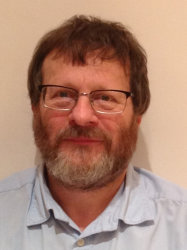BibTex format
@article{Da:2019:10.1190/geo2017-0695.1,
author = {Da, Silva NV and Yao, G and Warner, M},
doi = {10.1190/geo2017-0695.1},
journal = {Geophysics},
pages = {C41--C56},
title = {Wave modeling in viscoacoustic media with transverse isotropy},
url = {http://dx.doi.org/10.1190/geo2017-0695.1},
volume = {84},
year = {2019}
}

